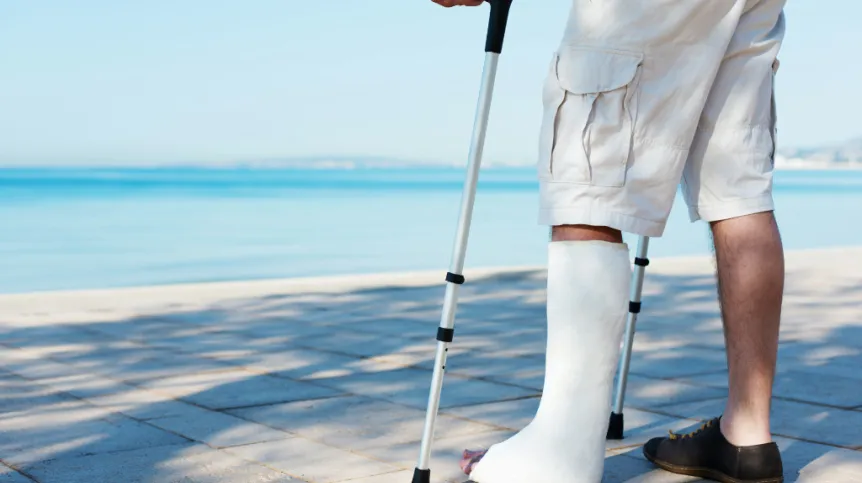
At first it was supposed to be a bone implant, which would fold like origami. The result is a program based on a mathematical model that will optimise the healing process of bone fractures. It was developed by two beginners - students, who are slowly conquering the scientific world with their idea.
"Origami BioBandage is a new mathematical tool designed to optimise the treatment of bone fractures. This process has not changed over the years" - described for PAP one of the researchers, first-year student at Ulster University - Joanna Jurek.
It all started with a TEDTalks speech of American physicist Dr. Robert J. Lang. He talked about how origami is used in engineering. New mathematical tools can design the way in which the material should fold for a particular purpose. "Lang mentioned that origami could also be used in medical engineering, but did not elaborate, so it made me curious. I told the story to Joanna. Because of her experience with medical engineering, we thought, that would focus on this. The name Origami BioBandage comes from our original idea to create an implant that would fold like origami" - explained Dominika Bakałarz, a student at the University of Warsaw.
At first, young researchers started working on a bioimplant, a mat coated with stem cells, during a holiday internship at the Center of Oncology in Warsaw and Warsaw University of Technology. "For now, however, we shelved this idea. Now we are focusing on software to simulate what happens to bioimplant and the patient\'s body. We want to go back to our origami in the future" - says Joanna herb.
The developed software is a mathematical tool that takes into account the data of the patient and the bioimplant to help design therapy for a given patient. "A patient who has a bone defect as a result of the fracture, goes to a doctor for standard tests. The results of these tests - as well as the parameters of our implant - can be entered into the program to find out what treatment method would be best for this patient. Our program will provide such answer" - Dominika Bakalarz explained the idea of the program.
The students already have developed models of implants and medical treatment model, which is undergoing tests. "We can not say that if our solution worked in one particular medical condition, it will also work in any other. This has to be validated and tested" - explained Jurek.
The two researchers began their scientific work while still in high school. Now they have begun the first year of study, and they can already boast of success at international scientific competitions. They won, among others, second prize at the 27th European Union Contest for Young Scientists (EUCYS 2015) in Milan. In a special edition of the scientific competition E(x)plory they won the opportunity to represent Poland in Intel ISEF, which will be held in May 2016 in the United States.
"I think at some point - which for the moment we do not specify - we will implement our software. It will be a simpler way than in the case of creating bioimplants. It is easier for us to prepare a mathematical tool than a finished bioimplant or drug. We know that even pharmaceutical companies have problems with this, let alone two first year students" - concluded Joanna Jurek.
More information about the research project can be found at https://www.facebook.com/origamibiobandage/
PAP - Science and Scholarship in Poland, Ewelina Krajczyńska
ekr/ agt/ zan/
tr. RL













